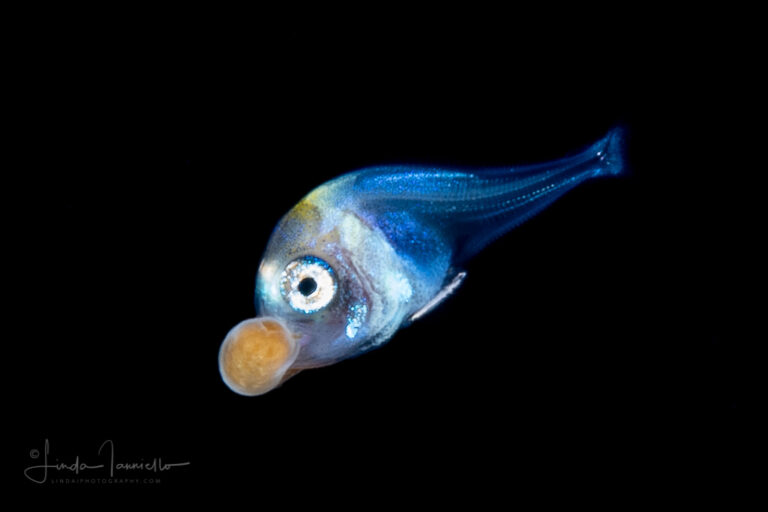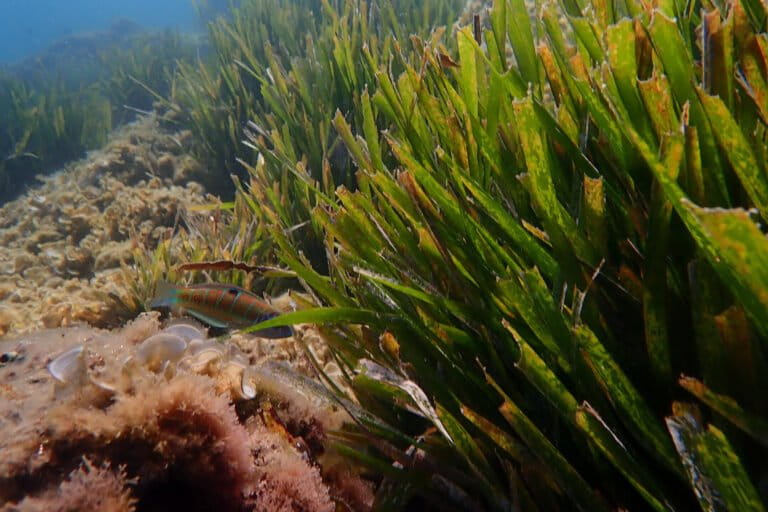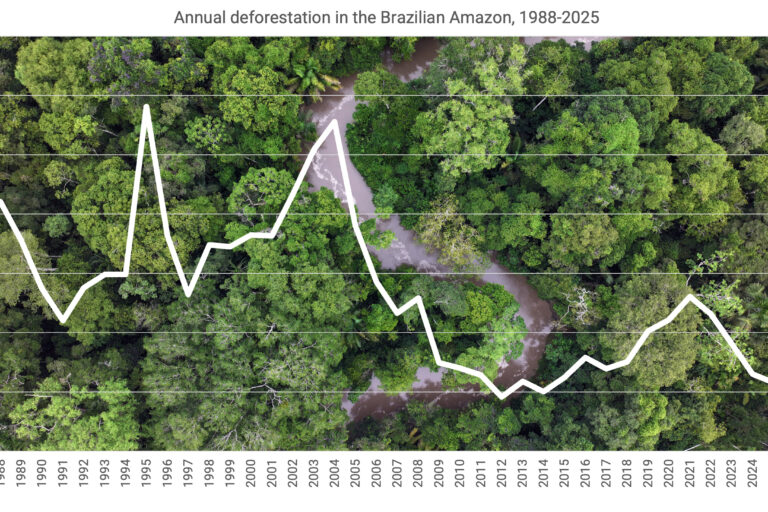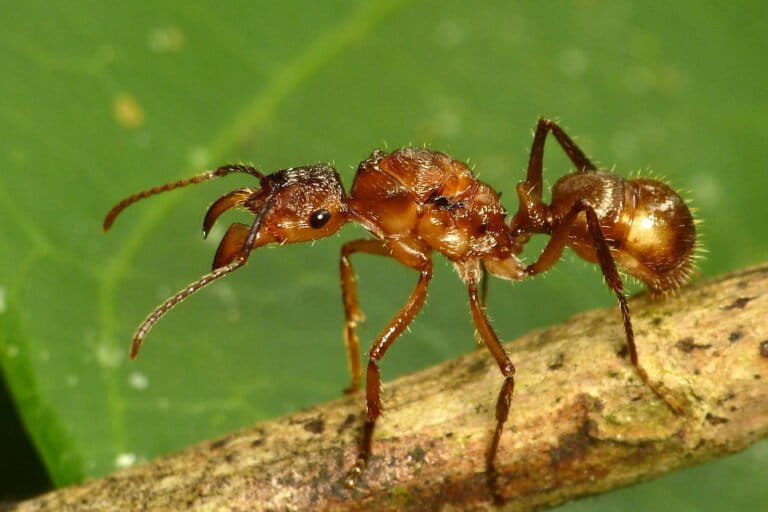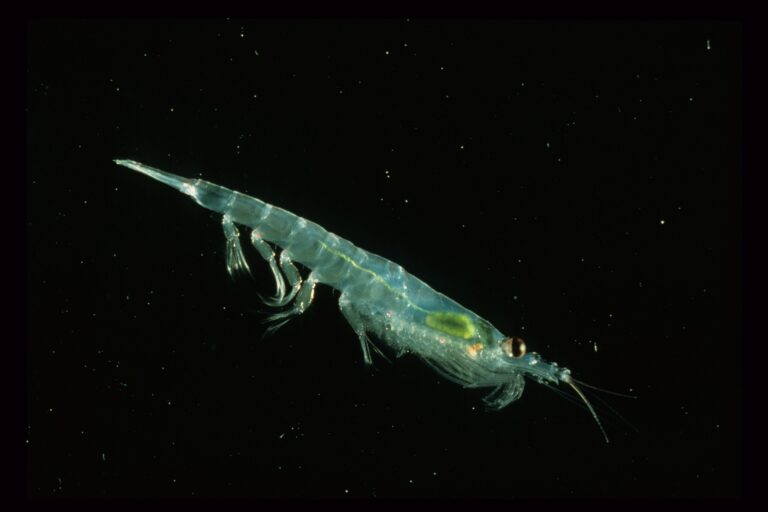Rare, elusive, and endangered by habitat loss, the bay cat is one of the world’s least studied wild cats. Several specimens of the cat were collected in the 19th and 20th Century, but a living cat wasn’t even photographed until 1998. Now, researchers in Sabah, Malaysian Borneo, have managed to capture the first film of the bay cat (Catopuma badia). Lasting seven seconds, the video (see below) shows the distinctly reddish-brown cat in its habitat.
For three years Andrew Hearn and Jo Ross of the Global Canopy Programme have been surveying Borneo’s wild cats with camera trapping; these include the Sunda clouded leopard, the marbled cat, the flat-headed cat, the leopard cat, and the bay cat, which is the only species of the five that is wholly endemic to Borneo. As well as recording the first video of the bay cat, they also took the first photos of the animal in Sabah.
Due to habitat loss and deforestation—largely from the spread of palm oil plantations and logging—the bay cat is currently listed as Endangered by the IUCN Red List and its population is in decline. If deforestation rates continue as expected, researchers have estimated that the already small population of bay cats will fall another 20 percent over the next decade.
The bay cat is not alone in its plight. Four of Borneo’s five wild cats are classified by the IUCN as threatened with extinction due to continued deforestation.
“No other place has a higher percentage of threatened wild cats!” Jim Sanderson, an expert on the world’s small cats, says. Pointing out that 80 percent of Borneo’s cats face extinction, Sanderson adds that “not one of these wild cats poses a direct threat to humans.”
So little is known about the bay cat that even its diet remains largely a mystery.
Hearn and Ross’s surveys on Borneo’s cats are with the UK’s Global Canopy Programme’s Bornean Wild Cat and Clouded Leopard Project, funded by the Darwin Initiative.
World’s only video of the bay cat, Copyright the Global Canopy Programme:
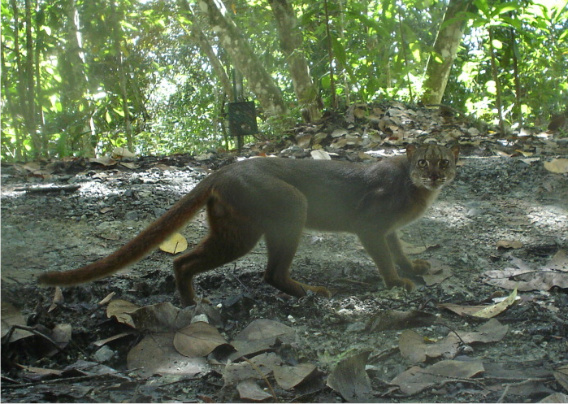
Researchers suspect there are less than 2,500 mature bay cats left in the wild. The species is endemic to Borneo and rampant deforestation is the main threat. Copyright: Global Canopy Programme. Photo by: Jo Ross and Andrew Hearn.
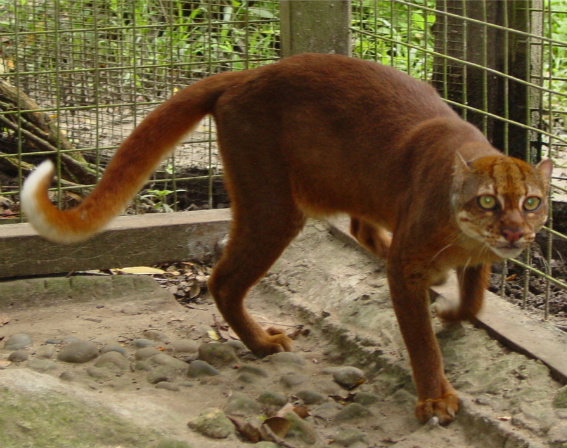
Captive bay cat. Photo by: Jim Sanderson.
This article erroneously referred to Catopuma badia as Catopuma temminckii, which is the scientific name of the Asian Golden Cat. Thanks to Javier for pointing out the error.
Related articles
Photos: Palm oil threatens Borneo’s rarest cats
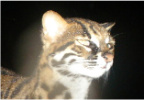
(11/04/2009) Oil palm expansion is threatening Borneo’s rarest wild cats, reports a new study based on three years of fieldwork and more than 17,000 camera trap nights. Studying cats in five locations—each with different environments—in Sabah, Malaysian Borneo, researchers found that four of five cat species are threatened by habitat loss due to palm oil plantations. “No other place has a higher percentage of threatened wild cats!” Jim Sanderson, an expert on the world’s small cats, told Mongabay.com. Pointing out that 80 percent of Borneo’s cats face extinction, Sanderson said that “not one of these wild cats poses a direct threat to humans.”
Saving the world’s most recently discovered cat species in Borneo
(04/10/2008) Last year two teams of scientists announced the discovery of a new species of clouded leopard in Borneo. The news came as conservationists launched a major initiative to conserve a large area of forest on an island where logging and oil palm plantations have consumed vast expanses of highly biodiverse tropical rainforest over the past thirty years. Now a pair of researchers are racing against the clock to better understand the behvaior of these rare cats to see how well they adapt to these changes in and around Danum Valley in Malaysia’s Sabah state. Andrew Hearn and Joanna Ross run the Bornean Wild Cat and Clouded Leopard Project, an effort that aims to understand and protect Borneo’s threatened wild cats, which include the flat-headed cat (Prionailurus planiceps), marbled cat (Pardofelis marmorata) leopard cat (Prionailurus bengalensis) the endemic bay cat (Catopuma badia) and the Bornean clouded leopard (Neofelis nebulosa).
Often overlooked, small wild cats are important and in trouble

(08/05/2008) While often over-shadowed by their larger and better-known relatives like lions, tigers, leopards, and jaguars, small cats are important indicators of the health of an ecosystem, says a leading small cat expert who uses camera traps extensively to document and monitor mammals in the wild. Dr Jim Sanderson, a scientist with the Small Cat Conservation Alliance and Conservation International, is working to save some of the world’s rarest cats, including the Andean cat and Guigna of South America and the bay, flat-headed, and marbled cats of Southeast Asia. In the process Sanderson has captured on film some of the planet’s least seen animals, including some species that have never before been photographed. He has also found that despite widespread criticism, some corporate entities are effectively protecting remote wilderness areas.








